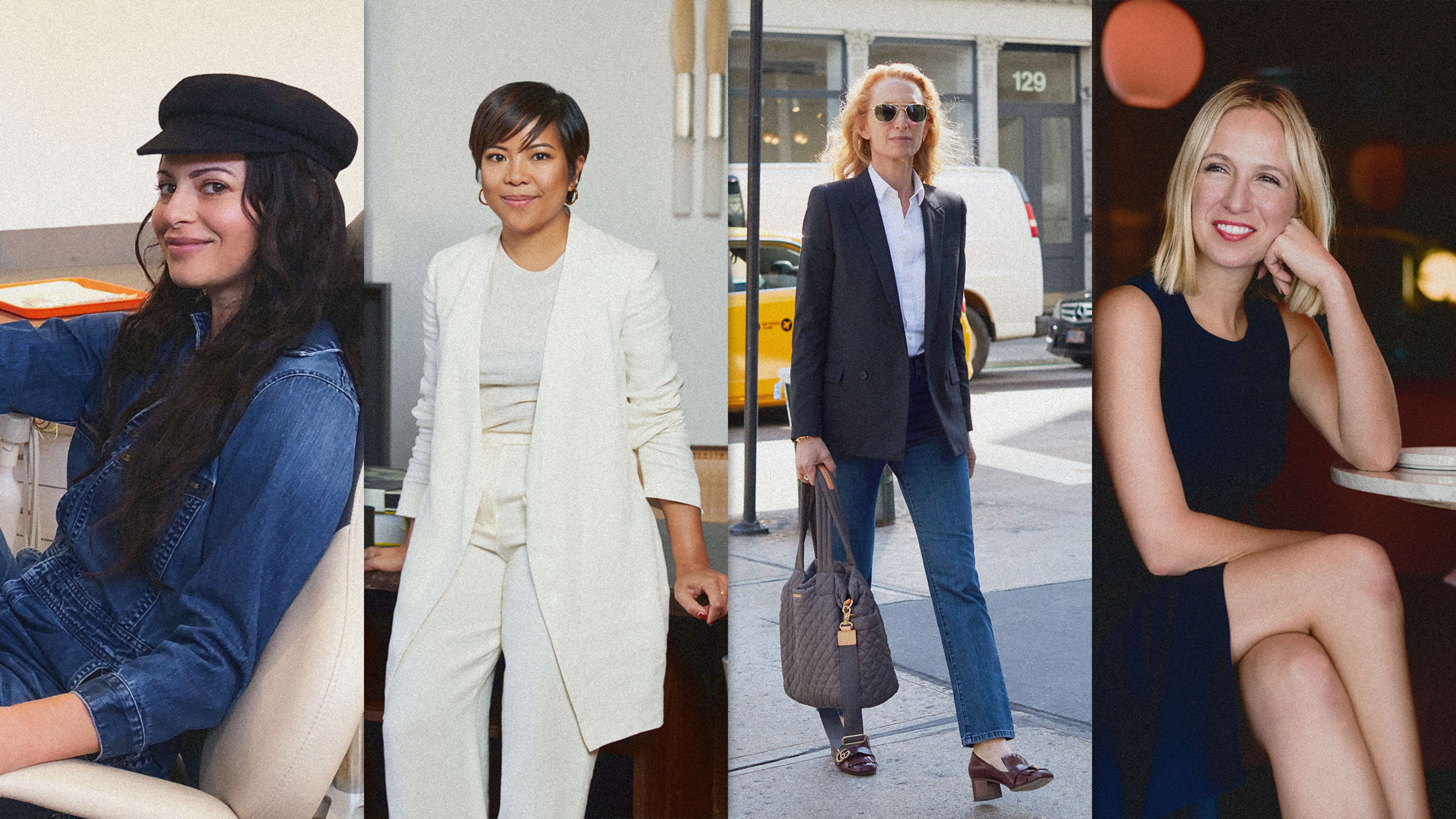You’ve probably seen Sophia Amoruso in a fabulous gown at a red carpet event or launch party. As the founder of Girlboss, a global community and media company, she occasionally finds herself in situations where she needs to make a fashion statement. But if you bump into her at the office everyday, chance are you’ll find her in a simple, utilitarian jumpsuit. “And not the sexy kind,” she specifies. “The dungaree mechanic-style jumpsuit that screams IDGAF.”
In her closet, she has four jumpsuits that she wears to work “religiously,” she tells me. Two denim versions from Citizens of Humanity, one by Isabel Marant, and another by Christy Dawn. “I try to dress it up with a red lip and earring if I have time before I leave the house,” she says. If she doesn’t have the time, the jumpsuit will have to suffice. And if she has a meeting outside the office, she tries a little harder, but only a little bit. She has a big white jumpsuit she wears at fancy restaurants, for instance.
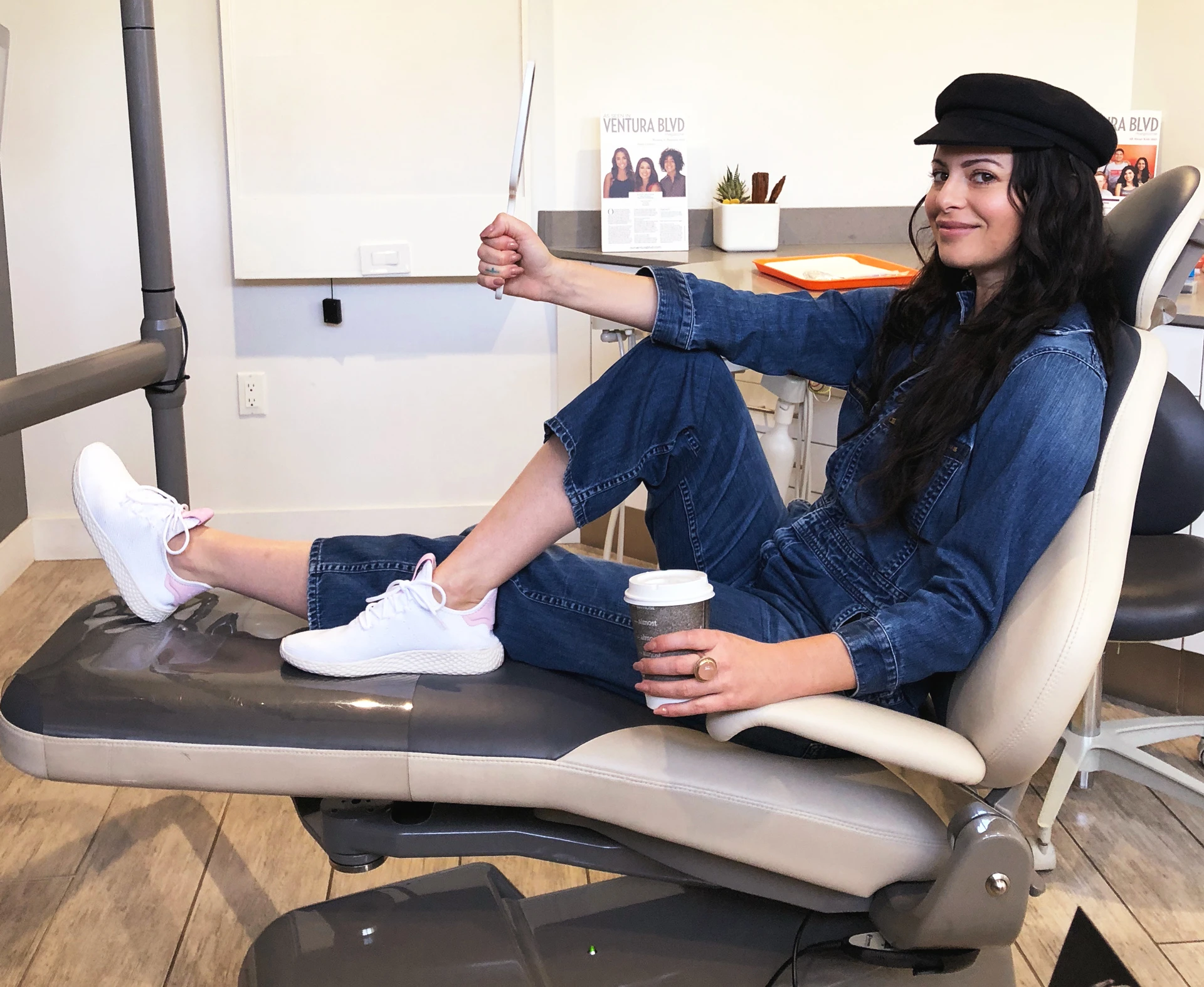
Amoruso finds it liberating not to have to think about what to wear every morning. It’s clear that she loves fashion: She launched her career by finding vintage clothing in selling it on eBay, which led to her creating NastyGal, an apparel brand that she sold to a British conglomerate in 2016. But dressing yourself every day takes time and mental energy. It can be particularly stressful for women who work in fashion, since people are constantly looking to you for inspiration. “It’s refreshing to be free of the pressure of being a ‘fashion CEO,'” she says.
Historically, men have been more likely to lean on uniforms for the office. Military uniforms were the inspiration for the modern suit, which was the de facto office outfit for much of the 20th century. Women, on the other hand, have had a harder time with uniforms, as I describe in a recent story. Female professionals feel more pressure to wear fashionable and varied outfits, which is helping drive the growth of the clothing rental movement.
Yet these days, many women designers seem to be eschewing fashion for a simple, reliable look that they come back to day after day, week after week. As I spoke to designers and leaders of fashion companies, I found that many of them actually don’t actually like expressing their creativity through their own daily outfits. Many, in fact, have something of a uniform: a go-to look that they return to day after day, which saves them time and mental energy. Here’s how powerhouse designers and entrepreneurs simplify their wardrobes with uniforms.
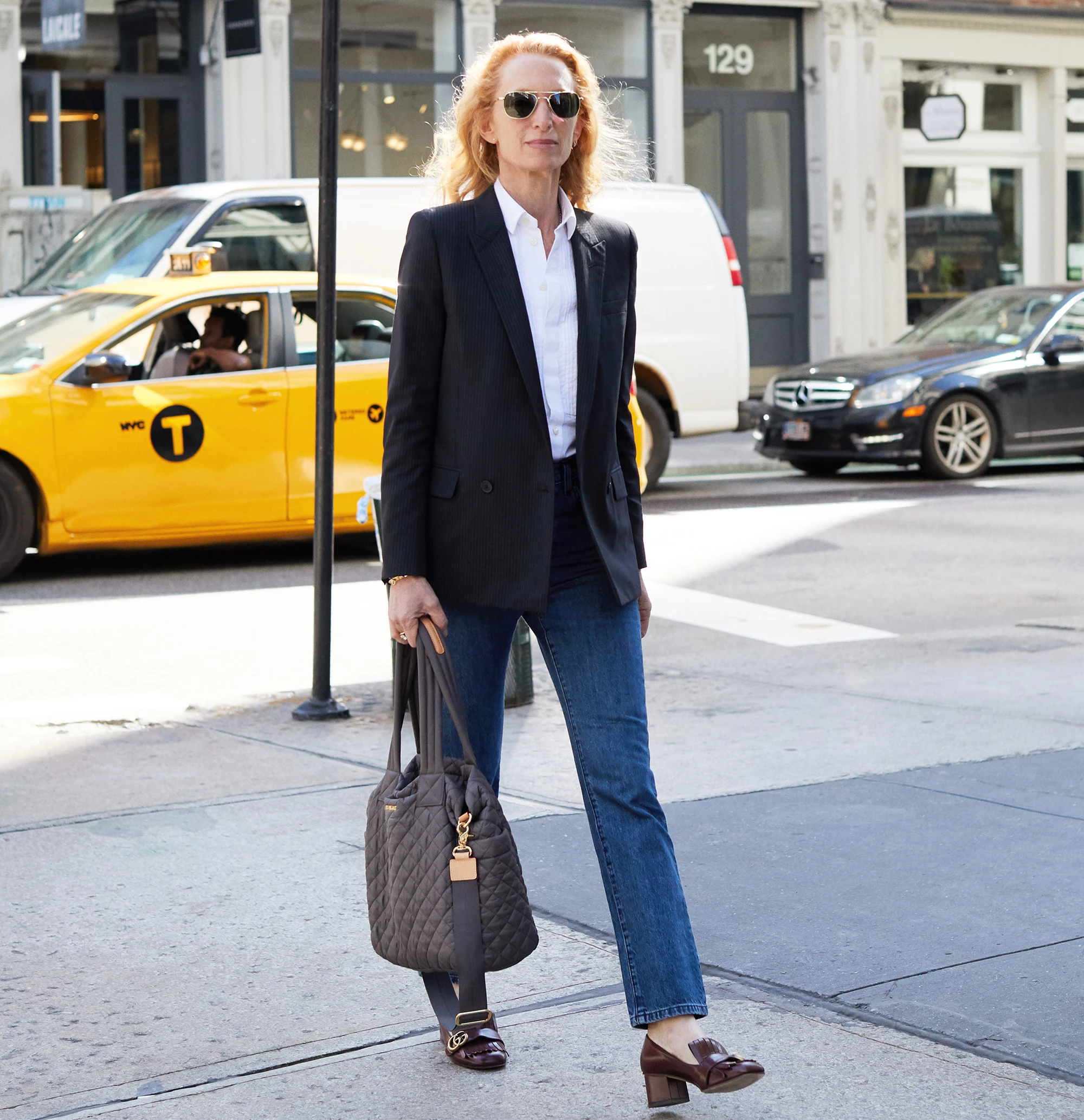
Monica Zwirner, cofounder and designer, MZ Wallace
Monica Zwirner, who designs the iconic nylon bags from the New York accessories brand MZ Wallace, began searching for a uniform right out of college, when she began working for a design firm. She was trying to project confidence and professionalism, even though she was still in her early twenties. “Eventually, I hit upon my perfect formula—a great blazer with a white shirt or tee layered underneath, paired with jeans,” she remembers. “The blazer felt appropriate in every situation, the jeans felt practical, and the whole combination very much felt like me.”
Decades later, it’s still her outfit of choice. These days, she spends her time designing bags for the New York-based brand she cofounded in 2000 with her friend Lucy Wallace Eustace called MZ Wallace. (The brand is a combination of their names.) Her ultra-lightweight nylon bags now have a cult status, particularly among women in big cities looking for stylish but practical bags to tote around everything they need for busy days. Zwirner says that her own personal uniform has actually informed how she designs her bags. “There’s a definite synergy there,” she says. “Considered, pragmatically timeless design, but with a twist that makes it feel modern.”
She’s now settled on a couple of brands for the pieces of her uniform. She likes blazers from Saint Laurent or Balenciaga. (She takes cues from what is happening in fashion: If strong shoulders or boxier silhouettes are in, she’ll pick a blazer that reflects some of that.) She wears Levi’s 501s. And she loves a good leather sneaker. Her favorites right now come from a startup called Koio. She points out that she sometimes switches things up in subtle ways, like wearing Dior’s combat boots or a black tuxedo jacket. “Because I wear so many different variations, I don’t think people quite realize how much of a uniform it is until I really go off-script,” she says. “When I wear a dress to work, everyone comments on it.”
If there’s one piece of advice she has for others looking to find a work uniform, it’s that your outfit should be empowering to you. You should pick a style that makes you feel like you can take on any task in front of you. “It’s about knowing who you are and what you want to accomplish,” Zwirner says. “Once you know what works for you, it gives you confidence to tackle the day ahead.”

Jen Rubio, cofounder and chief brand officer, Away
As the founder of the luggage and travel brand Away, Jen Rubio’s job involves her traveling frequently to open new stores, manage photo shoots, and generally see the world as a traveler. Her daily uniform needs to versatile, easy to pack, and able to work in multiple climates. “For me, a uniform isn’t about sameness,” Rubio explains. “It’s about ease. Finding the silhouettes that I love makes shopping, packing, and everyday dressing far easier.”
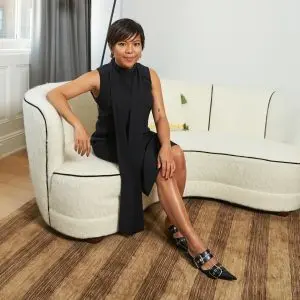
Every day, she wears some combination of these. For a speaking event, she will wear a silk dress with a blazer. On the weekend, she’ll wear that same silk dress over an oversized blazer. In the office, she opts for the silk top and trousers, which she will dress up with a blazer, or dress down with a sweater. “When I pack, I bring a few pieces from each category and know I’ll have a multitude of outfits to choose from,” she says. Sometimes, I’ll exclusively pack five or six of these (Nili Lotan) dresses, plus a few pieces to layer, and I’ll have enough to last me two weeks in a carry-on.”
While Rubio has effectively streamlined her wardrobe, cutting out the stress of packing and dressing every day, she still likes having enough variation that her outfits look and feel different from day to day. “When I dress, I still feel like I have choices and can express my personal style, but I’m not reinventing the wheel every day,” she says. “I have enough pieces to mix and match that I never feel like I’m being too repetitive, which is important for me because style is a means for me to express my creativity.”
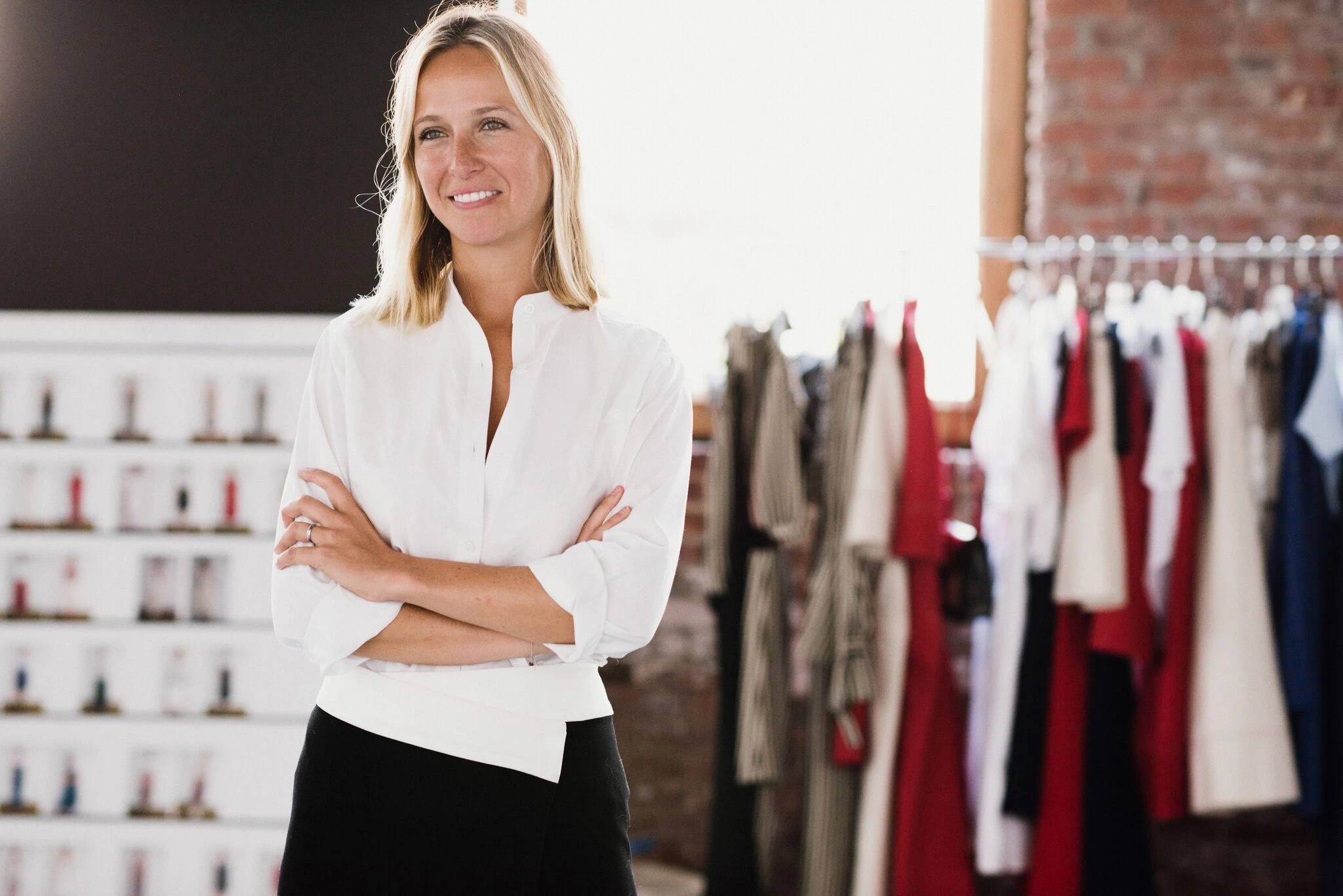
Misha Nonoo, founder and chief creative officer, Misha Nonoo
Misha Nonoo is so committed to the notion of a uniform that she created an entire fashion label around the concept. She carefully created the Easy 8, a collection of eight black and white pieces—from a blazer to a pencil skirt to a jumpsuit—that can be combined to form 22 separate looks. And every single day, she wears pieces from the collection to work: Usually it comes down to a pair of black trousers and the Husband Shirt, a crisp white button-down that her brand is well known for.
The designer, who was a finalist for the 2013 Vogue Fashion Fund award, one of fashion’s most acclaimed prizes, focused her career on upending many ideas about what luxury fashion should be. For one thing, she believes it shouldn’t rely so heavily on seasonal trends, which implicitly involves accumulating new clothes every season. Instead, she believes that brands should be designing thoughtful pieces that can be worn in a variety of ways, to make the customer’s life simpler and easier. She also makes the case that this is a much more sustainable way to live. “We’re in the middle of a planetary crisis,” says Nonoo. “Having a uniform is not just better for you, because it saves you so much time in the morning, but it also means you don’t have to own as much. That’s a much more sustainable way to live.”
Unlike some of the other designers on this list, Nonoo is fairly disciplined about her uniform. She wears black and white most days, and often wears the exact same outfit several times a week. She’s being doing this for years now, and she has found that there are several tricks to making her uniform work. For one thing, she is careful about what pieces she picks for her uniform. She chooses neutral colors that will coordinate with one another and silhouettes that she enjoys wearing. “I know I look great in this outfit,” she says. “Wearing it makes me feel polished, and professional, and put-together.”
But she also acknowledges that wearing a uniform is still an unconventional choice, one that goes against years of conditioning from the fashion industry. Through her fashion label, she is working to undo the deep-seated ideas that fashion and luxury are about infinite choice. But she also tries to live this philosophy out in her own life, not out of principle, but because she genuinely loves how much simpler it makes her life. “I really don’t care that I am wearing the same thing into the office day after day,” she says. “I’m not interested in buying new designer pieces every season. It’s so much more enjoyable to have a carefully curated wardrobe full of only pieces you love.”
Recognize your brand’s excellence by applying to this year’s Brands That Matter Awards before the early-rate deadline, May 3.
